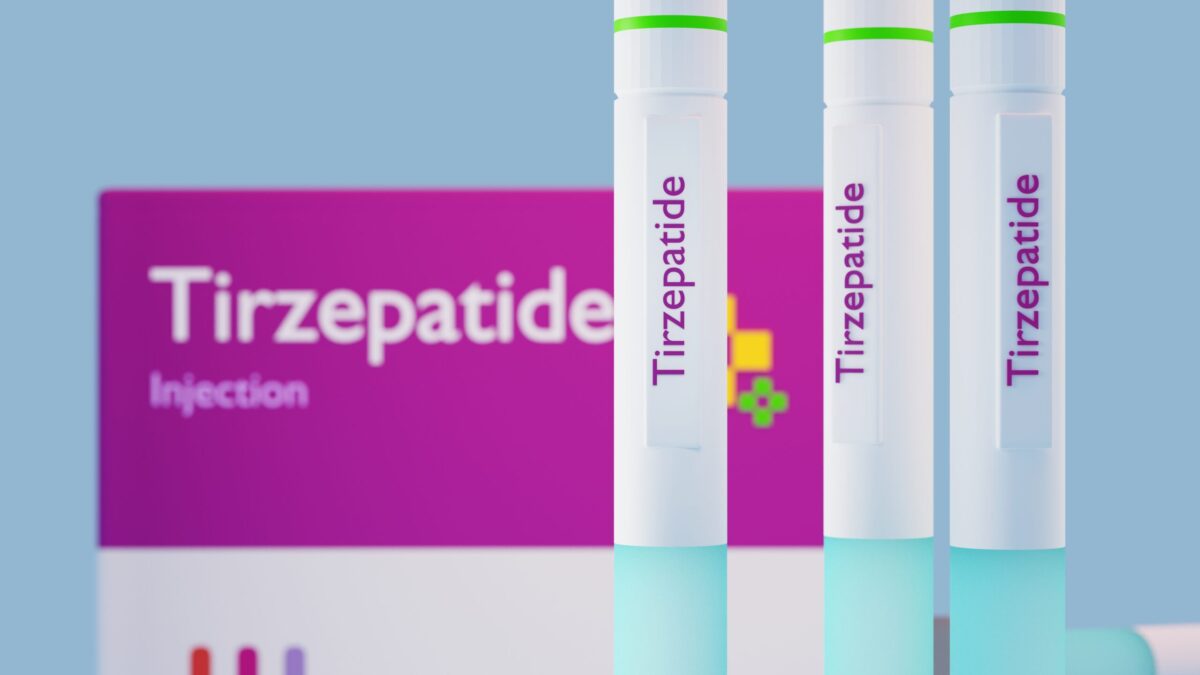According to researchers at Yale Cancer Center (YCC), statistical models could be used to improve patient enrollment in breast cancer clinical trials, potentially leading to more representative results. The study – which was published in JAMA Oncology – aims to help clarify efficacy findings from breast cancer trials.
The study investigators say that many patient selection methods in use today underestimate the number of patients who can benefit from treatment with standard of care therapies. This means that patients included in the control arm who are treated using the standard of care, experience fewer cancer recurrences or deaths than expected, which affects the ability of these results to be compared to those from the treatment group. Other factors such as tumor size, cancer metastasis and patient health, are also included in current enrollment criteria as they have an effect on each patient’s risk of experiencing recurrence or dying of the disease.
“Historically, clinical trials select patients using mostly tumor size and lymph node status,” said senior author Dr. Lajos Pusztai, chief of Breast Medical Oncology at YCC. “If there are not enough events, one can miss a truly effective drug that could help patients who remain at risk for recurrence despite current best therapies.”
Pusztai and his colleagues believe that a statistical model which takes multiple variables into account could help solve some of the problems in breast cancer clinical trials. By scoring a patient based on tumor size, lymph node status and benefit from standard therapy, clinicians can get a more accurate idea of that patient’s risk of recurrence.
“Several such models exist that have been extensively validated and predict fairly accurately the likelihood that an individual will experience an event,” said Pusztai. Setting a minimum threshold for risk of recurrence using this score could help enroll more appropriate patients into the control arm.
To test this statistical method, Pusztai and his team performed computer simulations of randomized breast cancer trials. They compared a risk of recurrence tool known as AdjuvantOnline, to traditional patient selection methods, to determine which returned a better result.
“We showed that the range of event rates varies very broadly if you use the traditional method of selecting patients, and a particular trial may end up with substantially lower events than intended by the statistical design,” said Pusztai. By using risk models, “we can select patients who really require clinical trials because their outcome with current treatments is less than optimal.”
“This approach guarantees that the statistical power of the study is adequate to demonstrate if the new treatment is really effective or not. We also can expose fewer patients to the side effects of the new treatment. That’s good for the patients.”
Pusztai explains that risk-based selection has the added benefit of making trials less expensive for pharmaceutical companies by requiring fewer patients. For other disease areas, risk prediction models could also help enroll more representative patients into clinical trials.










Join or login to leave a comment
JOIN LOGIN